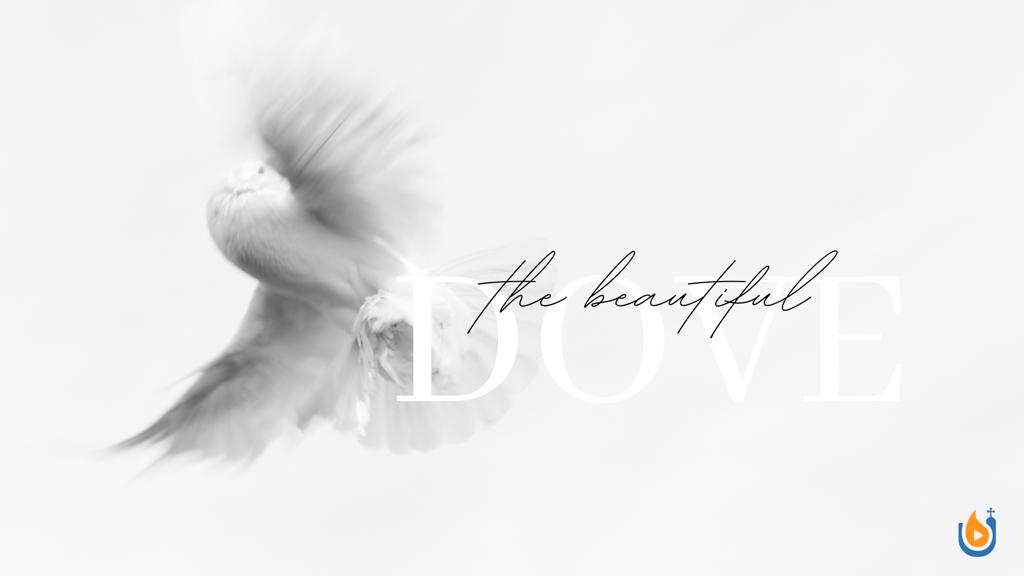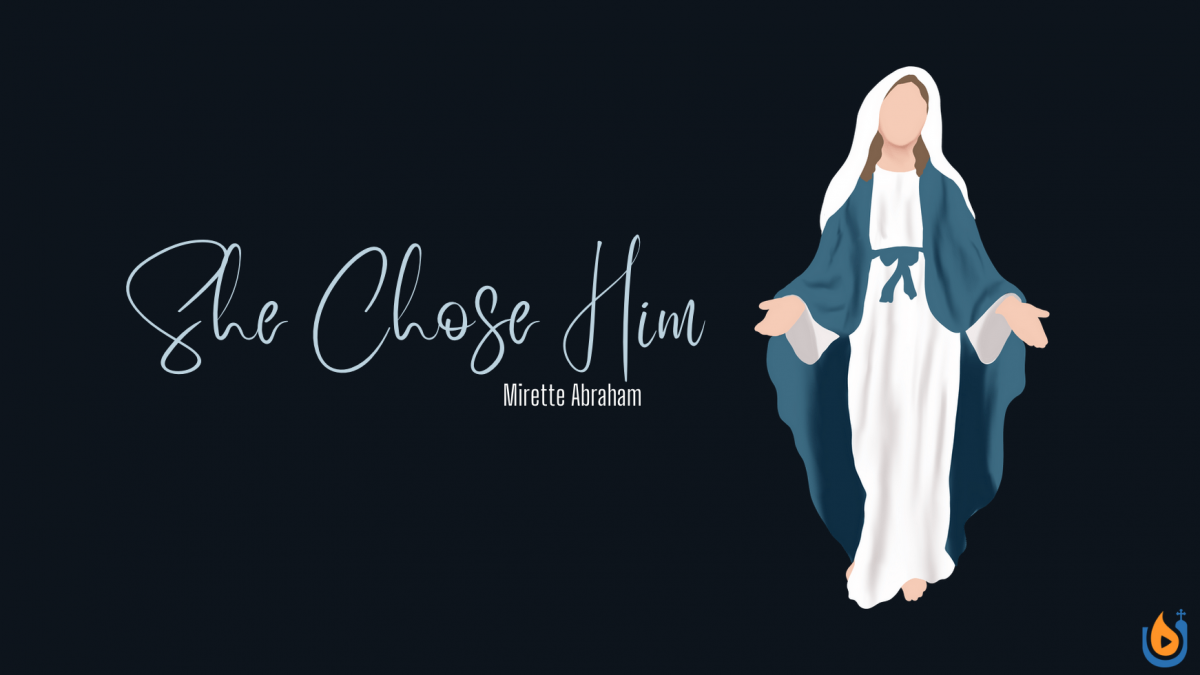Personally, I’m not sure I’d like being called a dove…I guess beautiful dove does make it a little better. So why do we call St Mary the beautiful dove. Surely it has to mean something.
Referring to St Mary as the beautiful dove is not common in other Christian denominations but it is very common in the Coptic church. Many of our hymns that speak about St Mary mention her as being the beautiful dove. So why do the Copts use this term more than other Christian denominations. What does this term “beautiful dove” refer to?
Across history and cultures, the dove is recognised as an image of peace and hope. Christ tells His followers to be as “wise as serpents, and harmless as doves” – Matthew 10:16. There is something about seeing an image of a dove that makes you feel like everything will be ok. Which brings us to the reason why St Mary, the beautiful dove, is so often used in the Coptic Church. The Copts for many years have been under persecution, and while martyrdom is seen as an honour, it is easy to understand that the desire for peace is in the hearts of the Copts. It is in those same Coptic hearts that a huge love for St Mary, the mother of the King of Peace, resides. St Mary feels the heartbreak of her persecuted children and takes these broken hearted prayers to the Lord who cannot refuse His mother. St Mary is the beautiful dove that brings prayers of peace for her children to the throne of the Lord.
Perhaps more fittingly, the term refers to the dove that Noah released from the ark. The dove flew out of the ark and came back with a branch to let Noah know that the flood waters had receded. Likewise St Mary takes the prayers from the ark of the Church and brings them to the Lord who answers her prayers with a message that the floods of the world will not triumph over the Church. It is an amazing thought, that those of us who are in the Church, surrounded by the floods of the world, not only have a messenger to take our requests to God, but also to send us peaceful comfort from God. A hope of something better.
It is here the beautiful dove takes on another, more modern meaning. In a time where the world is facing new and difficult challenges, a world where man and woman may mean different things to different people. Where wars are becoming more accepted. Where standing up for what is right or wrong is classified as bigotry or outdated thinking, we now more than ever need to cling on to a hope that transcends our world. A hope that good can still overcome evil. A hope that the heavenly is still valued among the earthly. A hope that is seen in the beautiful dove, the bearer of the source of peace and hope. St Mary the beautiful dove. It is very important to note though, that although we are safe in the Ark, the embrace of the Church, we are to pray for the receding of the harmful waters in the world; not just for the salvation of the Church, but of the whole world, even those that may bring the most harm to us.
The last thing I wanted to speak about is the term beauty. I wonder if St Mary in this modern day would be considered beautiful by our society? Would she be fully dressed in designer? Would she pay thousands on her image? I can confidently say no, because even in her time she dressed simply, as a temple servant, and was of such a selfless nature that she spent more of her time worrying about others than herself. Of course there is nothing wrong with taking care of yourself, but if that is our only definition of beauty, then we only need to look at St Mary. What made her beautiful was not just her appearance but how she made others feel around her. She carried herself as a faithful servant of God who always put others above herself. This humility is what we as a Church call beauty! This love St Mary can’t help but show for everyone is the truest kind of beauty.
Beauty for our hearts, peace for our spirits, hope for our minds, St Mary truly is the beautiful dove.





